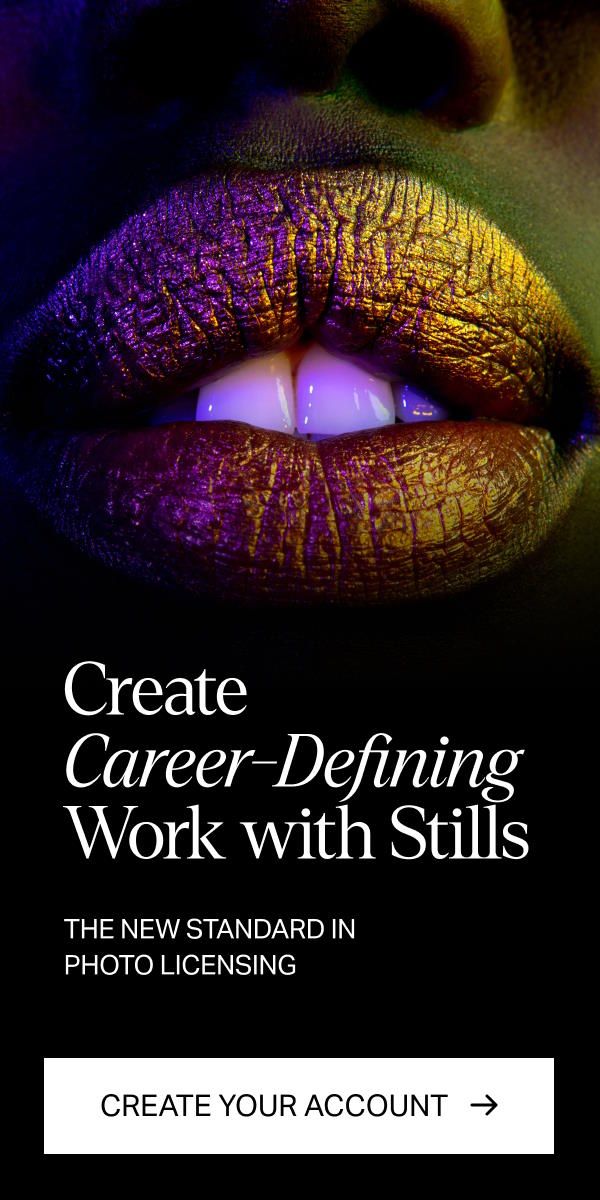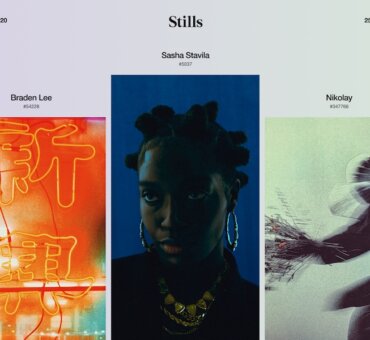A successful project hinges on a solid creative brief. No matter how big or small that project is, clear communication between you and your team is vital. And the thing that helps put all of you on the same page is a creative brief.
A good brief encourages designers, Creative Directors, marketers, and everyone else involved in your project to foster their creativity and ingenuity, collaborate, and set the tone for the project. This document serves as the source of truth, something they can come back to as a reference to make sure they’re still on the right track and nailing all the project’s goals.
So, how can you write a creative brief that speaks to everyone? And why do you really need one?
Understanding the Purpose of a Creative Brief
A good creative brief has to go beyond a list of bullet points outlining the details of your project. Its main purpose is to provide clarity and align on vision. It will help everyone in your team gain a better understanding of what the project should look like and the approach to take to achieve that end result. Imagine the scenarios below:
| What you said without a brief | What your team created | What you actually meant |
| “I want modern graphics for this website, with popping colors. Something bright and attractive; loud and expressive.” | A website with lots of neon and bright colors, really focusing on funky, modern design. | An interactive website featuring Y2K design and gives off a sense of nostalgia. |
| “For this photoshoot, I want lots of neutrals, modern aesthetic, minimalism” | Toned down the studio and had a lowkey setup, used lots of browns and beige for the props, models had very minimal make-up. | Neutral tones for the set and props but the models would stand out, so lots of blacks here in there in their makeup and outfit. |
While you can convey the idea for your project in a meeting or email, a creative brief helps your team better understand the direction you want to take. It provides context to your desired approach and sets expectations clearly.

20 Essential Elements of a Creative Brief
What makes a good brief for your creative project? Here’s a thorough guide on the elements you should include.
1. Project Name
Don’t just mention the project name—dissect it and share important notes on why you chose that name. How does it reflect the project? What message are you trying to convey?
2. Company Background
Who is this project for? Describe the brand and its values. What’s their mission? How did they get started? Introduce the company to your team like you’re introducing a new hire. This is where you encourage your team to get to know the brand.
3. Project Objective
Why are you working on this project in the first place? What’s the goal? What do you want to achieve? What is expected of the project? Is it to increase sales? Is it to promote a new line of products?
Having a better understanding of the project objective allows your team to have a better sense of creative direction.
4. Target Audience
Advertising briefs succeed when you’re clear on who you’re creating it for. Include demographic and psychographic profiles of your target audience. You want your team to get to know these types of people. Not just their age and race, but also their interests, so that they can approach the project more intentionally.
5. Competitors
Including your competitors is important as it shows your team what advertisement, website, and company online presence they should beat.
Aside from the competitor’s name and maybe their website, you’d want to include other relevant information like their ad that you’re trying to beat or a photoshoot they did that is now on their social media. Competition is not always to be seen in a negative way. Look at it as inspiration to be better.
6. Unique Selling Proposition
This is the part where your team should gain more insight into your product’s potential. What separates your product from other similar ones? What are its key features?
Imagine telling your friends about your product a.k.a. the baby your creativity and hard work just gave birth to—that’s how your approach to a unique selling proposition or USP should be.
7. Key Message
The key message is the core of every project, and if you’re wondering what a creative brief is, it’s a detailed version of the key message. So make sure you write this part as clearly.
Share with your team the main message you want the project to convey. If it’s a photoshoot for a new line of products, the key message is not just, “Hey, we have a new amazing product.” Oftentimes, it is, “Hey, we’re launching a new product, and this is why it’s amazing.” Key messages are rooted in both WHAT and WHY.
8. Key Consumer Benefit
If your key message is about the product and why it’s amazing, your key consumer benefit is how the product or service will benefit the people who will see your project, a.k.a. your target audience.
Give your team a better understanding of how your product will impact the audience. How will it make their lives easier? How will it make them eat healthier? How will it make them sleep better?
9. Tone and Style
Your brand’s personality should be reflected in everything you produce—ads, social media posts, product launches, everything. That said, whatever you’re creating a creative brief for, it’s important to detail the tone and style of the project.
10. Attitude
What feeling should this project evoke? When people see it, do you want them to feel encouraged? Happy? Eager to buy and share with their friends? You want them to be inclined to purchase or subscribe, so your brief should detail how to pull that string.

11. Call to Action
The call to action is what seals the deal. Not only should your project evoke the right feelings, but your creative team should also have a solid call to action that’ll convert that feeling into a sale or a subscription. Your take on this call to action should be outlined clearly in the brief.
12. Distribution Plan
What makes a good creative brief for advertising is a clear distribution plan. Make clear where this project will be placed. Is it exclusively for social media, or will you also send it out in newsletters?
13. Budget
Budget is vital, and so is transparency. Be clear about how much you’re willing to shell out for this project, and how much your company is willing to spend, and always have space for negotiations.
14. Timeline
To save you and the rest of your team from unmet expectations, it’s best to lay out your timeline in the brief. This will help everyone see if they’re still on the right track at the right time. Or if they need to start powering through to finish before the deadline.
15. Mandatory Elements
For some projects, there is more than one element needed. You may be creating a brief for a new ad, but it’s possible you also need a logo and tagline. Or any other creative elements. Outline that in the brief so your team understands what exactly you need.
16. Key Performance Indicators (KPIs)
Key performance indicators or KPIs are the elements that help businesses measure their success. Or measure the success of their new ad, new product launch, you name it. What KPIs do you have for this project? How do you know if it’s a success?
17. Consumer Insight
Consumer insight is like seeing your new project or new ad from the consumer’s lens. It’s important to understand their point of view about this ad before you even start working on it. And it’s important to share this with your team.
18. Stakeholders
Of course, you’d also want to list the main stakeholders involved in the project. You’d want your team to get to know them.
19. Resources
Resources should be a very meaty part of the brief. Layout all the resources that your team can use to produce the desired output. From inspiration (think mood boards) to material resources like stock images, your team will thank you for this information. You’d also want to iterate to only use quality stock photos and the latest data when they do further research.
20. Constraints
A content brief is not all positive notes and creative ideas. To make it really solid, you want to make sure you lay out all the possible constraints. This is so your team can prepare and get ahead of it. Be it legal considerations or technical constraints, understanding their limits will help your team produce work within their bounds.
Tailoring the Brief to the Project
Once you’ve mastered the elements of a good creative brief, it can be used in many different ways. This includes advertising, client work, collaboration with other creatives, freelance projects, and even internal creative projects. Here are some examples of different types of briefs:

Content Brief: This is what you send to a freelance writer or a staffer in the content department. Content briefs outline either a specific article or a content project (e.g., an article/story series).
Advertising Brief: An advertising brief is designed for advertisement projects to be distributed both online and offline. It lays out the ad campaign and the clear approach the advertising team should take. This type of brief is heavily anchored on making sales as an end result.
UX/UI Design Brief: This brief is mainly for web developers and graphics designers. Its goal is to provide guidance on a website, software, or an app’s interface and user experience.
The Role of the Visual Artist in the Briefing Process
Having a visual person in the room when creating and finalizing your creative brief can greatly impact the outcome. Most briefs are composed of words and more words. Which is very helpful. But it can be boring.

Visual artists have a keen eye and can contribute to making your briefs better by injecting images and other visual guides like graphs and charts. Source images from quality photo licensing websites and curate them before using them. Make sure they are in line with your project or with what the creative brief is for, and that they can spark creativity among your team.
Tired of using bleak stock images?
Try Stills, a photo licensing platform for exceptional designers.
The New Standard in Photo Licensing
7 Common Pitfalls and How to Avoid Them
Too vague: A common pitfall is not being specific enough in the brief. This can lead to confusion and misinterpretation. How to fix it: Be clear and concise with your objectives, target audience, and desired outcomes.
Too much information: While it’s important to be thorough, including too much information can overwhelm the team and dilute the main focus of the project. How to fix it: Stick to the most relevant information.
No clear objectives: Without clear objectives, it’s difficult to gauge the success of a project. How to fix it: Every creative brief should have clear, measurable objectives.
Ignoring the audience: The brief should always consider the target audience. Failing to define who the project is for can lead to ineffective messaging and design.
No Unique Selling Proposition (USP): The USP sets your product or service apart from the competition. If it’s not clearly defined in the brief, the creative team might struggle to highlight it in their work.
Neglecting the Timeline and Budget: These are super important details that can significantly impact the project. Not including them can lead to unrealistic expectations and potential overspending.
Skipping the Review Process: A creative brief should be reviewed and agreed upon by all key stakeholders before work begins. Skipping this step can lead to misunderstandings and potential rework later on.
Final Thoughts
From the key consumer benefit to the distribution plan to everything in between, a good creative brief should be able to direct your team to produce a solid project without limiting their ingenuity.
It’s not just some additional document that directors or managers create or an additional document that designers need to study. It’s a roadmap to a successful project where everyone’s expectations are met, and no one’s need is compromised.
License the cover image via Vijay Sarathy






